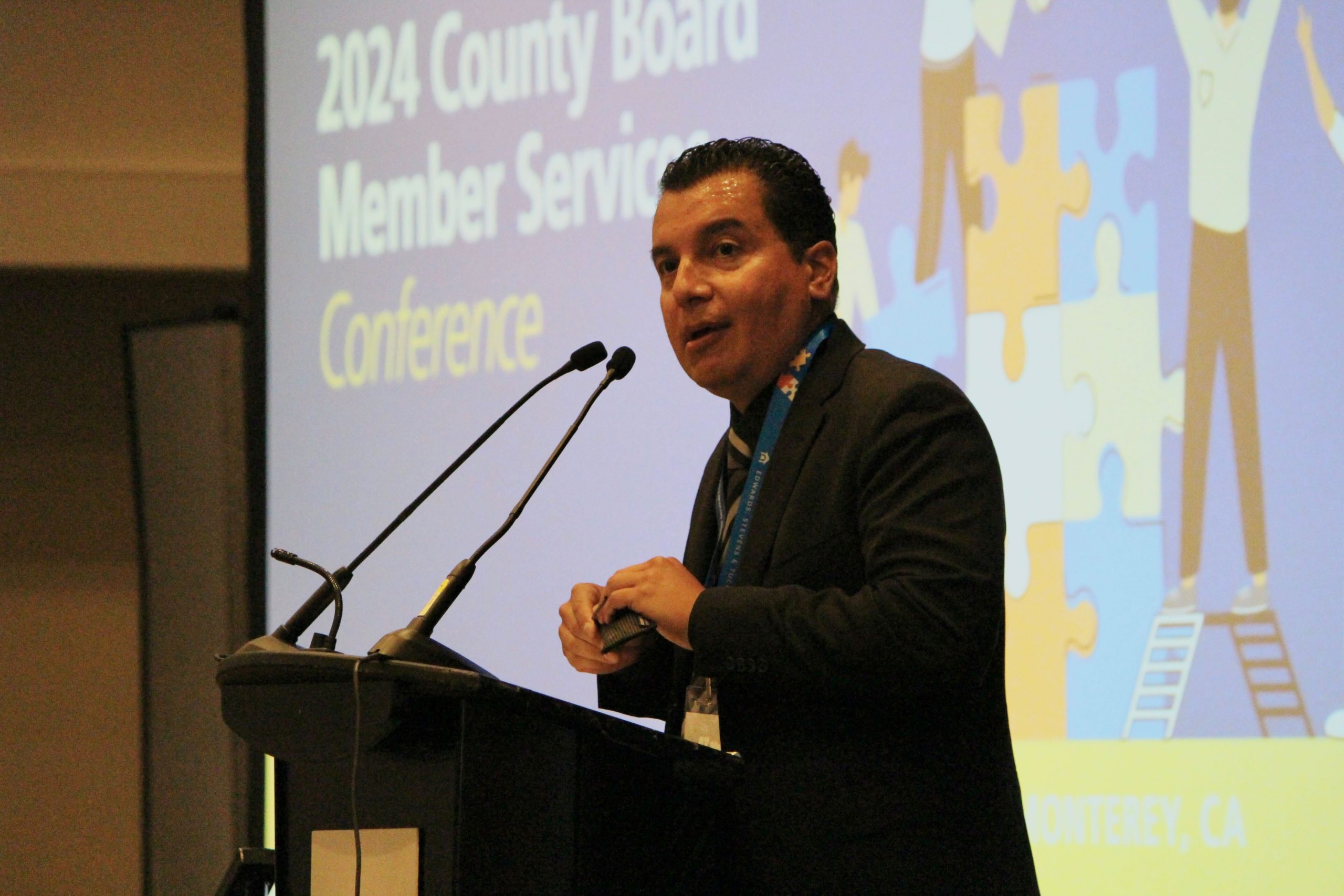BP/AR 3516 recommends that LEAs include strategies and actions for prevention/mitigation, preparedness, response and recovery in their procedures for the following:
- Regular inspection of school facilities and equipment, identification of risks, and implementation of strategies and measures to increase the safety and security of school facilities
- Instruction for district staff and students regarding emergency plans
- Specific determination of staff roles and responsibilities of during a disaster or other emergency
- Personal safety and security, including identification of areas of responsibility for the supervision of students
- During a pandemic, adjustment of attendance policies for students and sick leave policies for staff with known or suspected pandemic influenza or other infectious disease
In addition to these general provisions, when school closures are required, the emergency and disaster preparedness plan should include an analysis of how the school closure will affect student learning and the methods the LEA will take to ensure continuity of instruction. LEAs should also consider other keys functions of operations such as essential central office functions, including payroll and infrastructure.
As the district or county office navigates these ongoing shifts, communication with students and parents/guardians is key to keeping families notified of changing expectations in student participation, grading and grade promotion. LEAs should consider identifying clear spokespersons to the media (see BP 1112 – Media Relations) and utilizing multiple modes of communication, such as social media, websites, email, school marquees and telephone calls to ensure that families receive information in a language and format that is easy for them to understand.
To the extent possible, it’s important to try and rely on the resources and procedures that have been laid out before an emergency occurs. No plan can or will account for all of the challenges a disaster or emergency will bring. However, using existing policies and plans can dramatically reduce the stress and confusion of putting together a response plan from scratch during a disaster. All crises introduce new stress, uncertainty and anxiety into the daily decisions of school leaders that were difficult even before COVID-19. Experts recommend that in times like these, it’s best to slow down and make deliberative decisions with data.
There will likely be many more changes to come in the weeks ahead as federal, state and local leaders all react to the spread of COVID-19 and try and make the most prudent decisions for the future. When district operations return to normal, the LEA’s governance team should debrief and discuss what worked during the crisis and what needs improvement. Lessons learned from the COVID-19 pandemic should then be incorporated into the LEA’s emergency and disaster preparedness plan to guide future crisis responses.
CSBA will continue to share weekly resources of our existing and upcoming policies. If you have policy-related questions, you can send an email to CSBA policy consultants.





